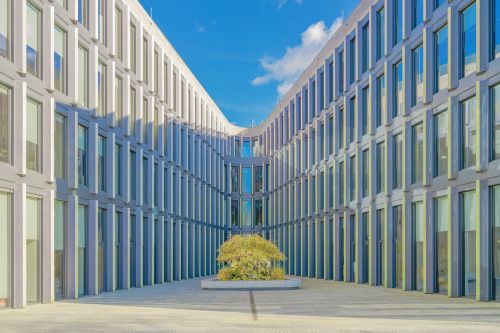Back then, a number of developers declared that it was a matter of honour to raise awareness about the fact that "we are where we live". However, this is the beginning of a road, which - looking at the number of eco-friendly products on the market - neither buyers nor developers are ready to embark upon. Skanska Residential Development Poland is currently developing the Park Ostrobramska estate on ul. Ostrobramska in Warsaw, where 1,600 apartments will eventually be built on a 7 ha site. The first stage, the completion of which is planned for the end of 2013 or early 2014, will include 300 apartments with areas ranging from 27 sqm to 127 sqm. The project is supposed to be eco-friendly, but is not fully energy efficient, at least not at this point. "Sustainable construction is not only about energy efficient solutions but the general approach to a project, to make it friendly for the people who will become its residents. It is important for them to have access to the public transport in































































